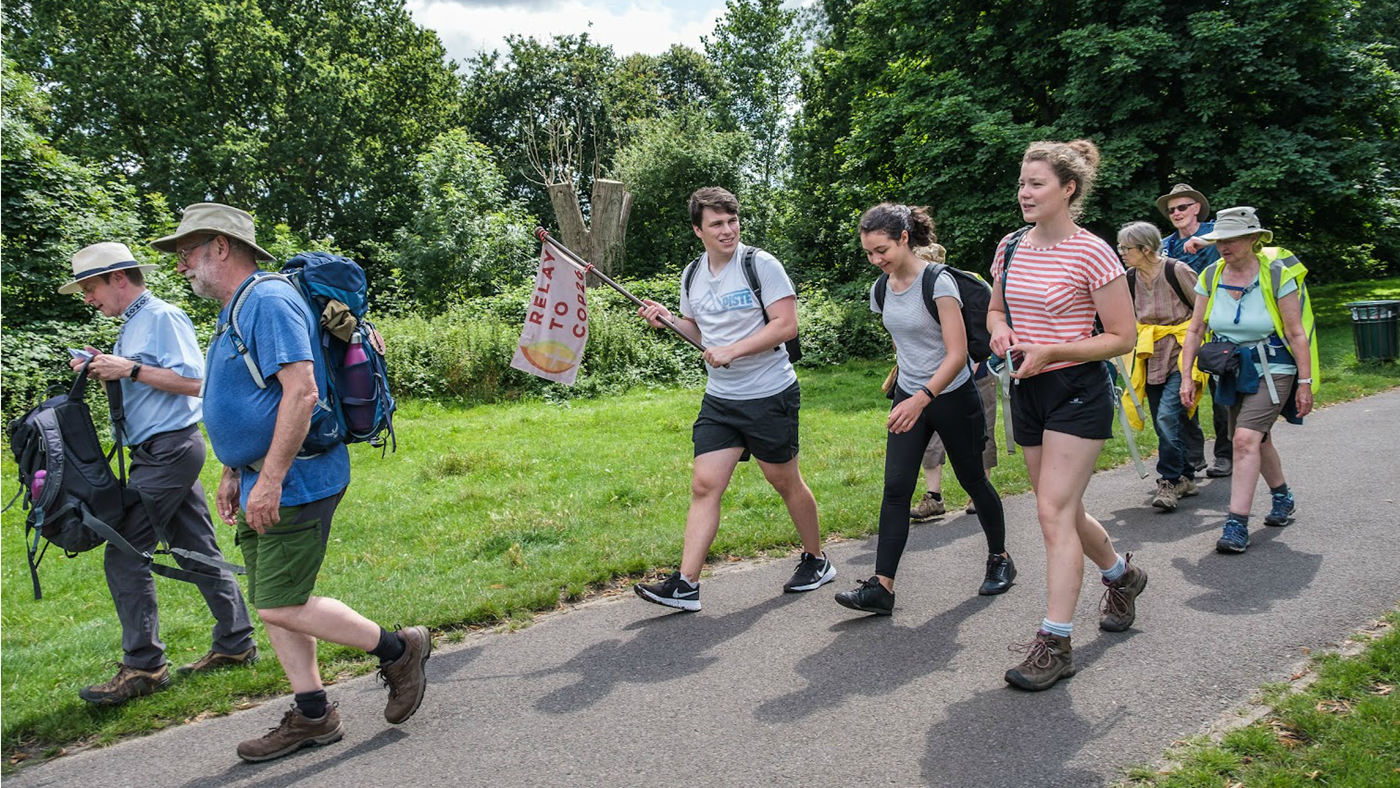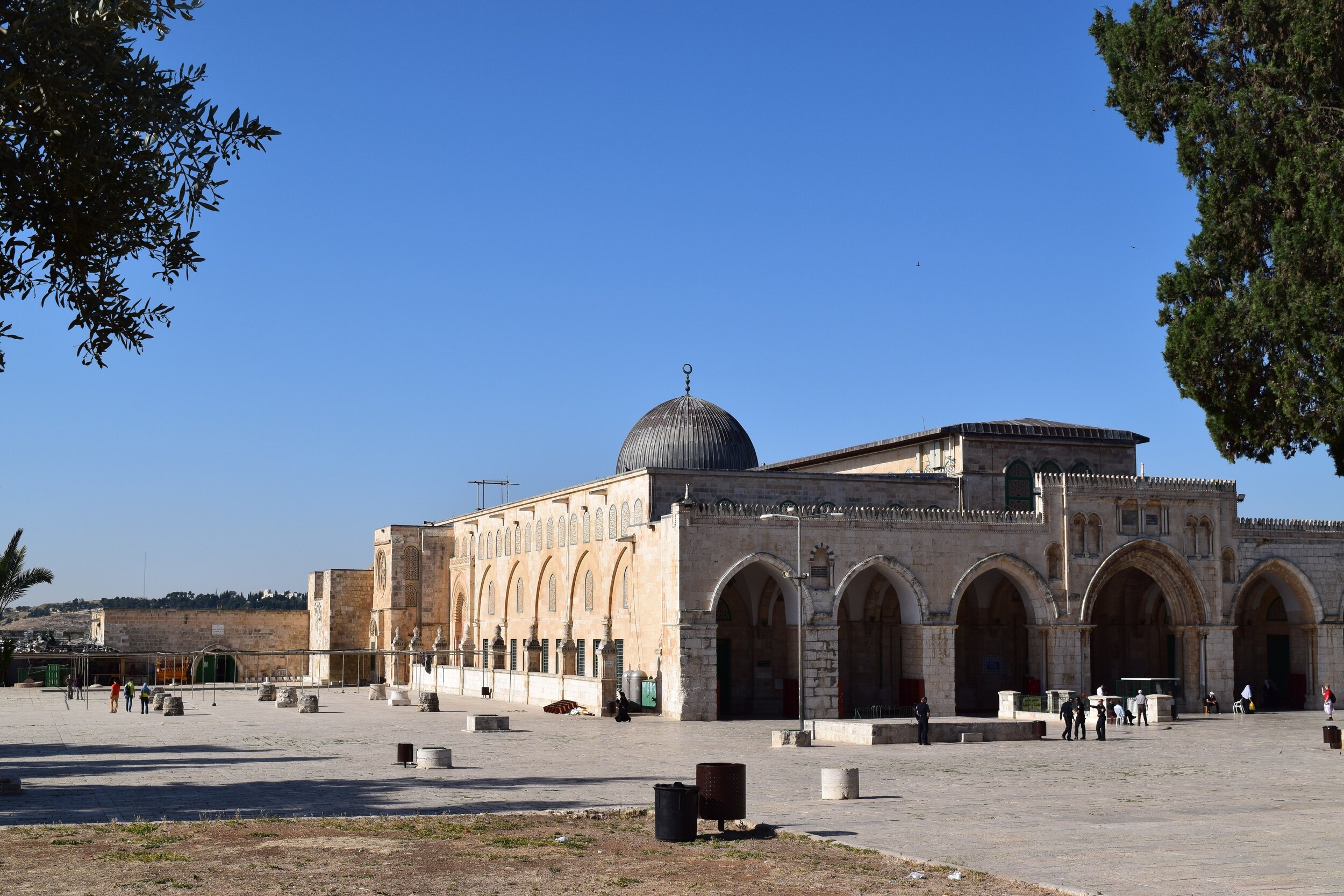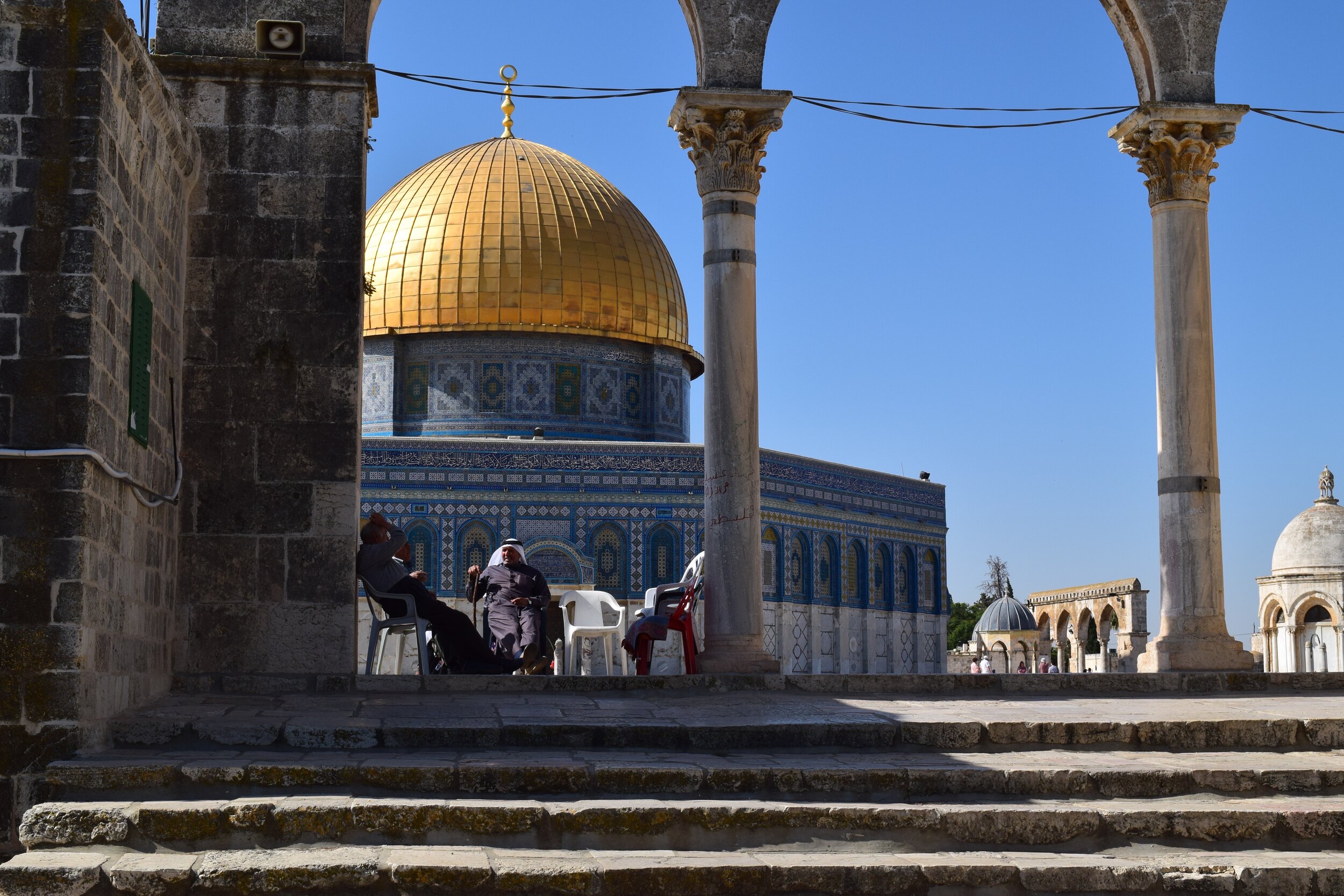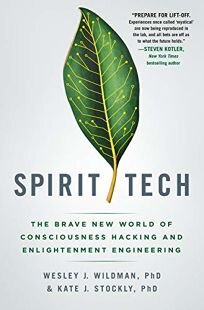The acknowledgements section of my book was extremely gratifying to write. It is even more gratifying to share it here with you.
Perhaps this has become trite to say, but after such an undertaking, I can attest that completing this book would have been impossible without the help of others. I am indebted to each and every one of the following individuals and to many others.
The debts of gratitude and appreciation that I have accumulated are vast, and I ask forgiveness from all those I neglect to name here. And, it must be said, any errors in this book are solely my own and are not the responsibility of those who provided input throughout the process.
First, to the students in my spring 2017 Islam in the Americas course at the University of Florida: You gave me the idea for this book. Thank you also to the graduate students in my course at Otto Friedrich Universität Bamberg in Germany. Beyond inspiration, you helped develop, think through, critique, and expand some of the ideas that formed the backbone of this work. You also researched and wrote your own papers, which informed my knowledge and expanded my understanding of the landscape of this field. Best of all, you challenged me with your questions, comments, and critiques. You are already contributors to this field, and I thank you for your continued engagement with it.
To those I spoke with at the Latin American Studies Association Congress, the Caribbean Studies Association Conference, the American Academy of Religion Annual Meeting, the University of Florida and its Center for Global Islamic Studies, the Florida Caribbean Students Association, Florida International University, Otto Friedrich Universität Bamberg, Humboldt-Universität zu Berlin, Eberhard Karls Universität Tübingen, and Freie Universität Berlin: My presentations at these venues helped me to elucidate and elaborate on some of the themes in this book. Preparing these presentations also allowed me to work out some of the devils hiding in the details. Thank you to the participants, presiders, and panelists for your critical feedback and insightful questions.
Thank you to the editors of the extraordinarily helpful Critical Muslim series and Hamsa: Journal of Judaic and Islamic Studies. Thanks also to Frank Usarski and the International Journal of Latin American Religions and its editorial team for publishing an early review of literature that came to form the basis for this book’s outline. Thank you also to Celso Luiz Terzetti Filho for recommending me for its inaugural issue. Thank you to the people behind The Encyclopedia of Latin American Religions—senior editor Henri Gooren, the contributors to my section, and the editorial staff at Springer—for allowing me to serve as a section editor for the entries on Islam and Judaism in Latin America and the Caribbean. Readers will note that I have referenced entries from the encyclopedia in this book, which is a testament to the essential nature of the work, especially with regard to its emphasis on religions too often ignored (Islam, in particular) when surveying religion in the region.
To the Muslims and others who invited me into their homes and mosques, who told me their stories, or who shared their insights and experiences with me: I dedicate this book to you for good reason. There would be no book without you, plain and simple. I am humbly honored to learn from you in each conversation and new experience that I stumble and bumble my way through. Thank you for your patience, your confidence to speak, and your permission to allow me to share these stories. Gracias a Dios, alhamdulillah, and great thanks to each and every one of you. This book is my perspective on your narrative, and I respectfully submit it to you for critical feedback. I look forward to the conversations to come.
To the many scholars whose work I turn to in this book: This is your book, as well. As I state in Chapters 1 and 11, the book is meant to be an overview of an ongoing conversation in which you are all vital parts. Thank you for allowing me to be a co-collaborator in this field. I hope the book helps all of us continue to teach, learn, and delve deeper into the topic. Specifically, I would like to thank several individuals whose work I reference or allude to and with whom I was able to speak about their particular areas of expertise and research: Carlos Jair Martínez Albarracín, Patrick Bowen, Philipp Bruckmayr, Karoline P. Cook, Kevin Funk, Michelle Romero Gallardo, Juan Galvan, Hazel Gómez, Cynthia Hernández González, Nik Hasif, Aisha Khan, Aliyah Khan, Schuyler Marquez, Arely Medina, Harold Morales, Alaina Morgan, Madelina Nuñez, Luciana Garcia de Oliveira, Lucía Cirianni Salazar, Omar Ramadan Santiago, and others. As I recently said to Schuyler Marquez, “A win for one of us is a win for all of us” in this emerging field.
To my family and friends: Thank you for your cheerleading, encouragement, and forbearance as I talked about my project, retreated into my writing cave, or cut you off as I jotted down an idea that popped into my head. Thanks especially to my parents, Bob and Sandy: You have always encouraged me, no matter what I have done. When I was worried, stressed, or overwhelmed, you gave me proper perspective and the support to keep me supple to the strain of life and work. You gave me life—literally, figuratively, and spiritually. Thank you to Brett, who taught me the meaning of perseverance in the face of adversity and can always make me smile. Thank you to my German family and friends, including Karl Knaack (also known as Stefan Müller) and his electronic music, which helped me work through hours of manuscript writing, editing, and research. Thank you to Michael and Emily Knippa for a lovely stay in St. Louis, where I was able to write the bulk of Chapter 9. Thank you also to Andy and Faye Scott, whose lovely farmhouse in Bend, Oregon, permitted me to write the concluding chapter in peace and comfort while admiring the cloud-covered Cascade Mountains.
Despite my weaknesses as a writer, I would like to thank all those who taught me how to research, write, and edit my way through an essay, a paper, a blog post, a news story, or a book: Mrs. Kelly, Mrs. Campbell, Mrs. Davis, and editors at the various papers, magazines, and portals in which I have had the honor to be published. Thanks also go to professors, mentors, and colleagues at Concordia University Irvine, who specifically helped refine my academic research and writing skills—Christine Lawton, Eshetu Abate Koyra, Korey Maas, James Bachman, Steven Mueller, and Jack Schultz, among others. I still have much to learn, and any shortcomings in my syntax or style are solely my responsibility.
I am forever thankful for the pure privilege it was to conduct research with, learn from, and grow alongside the faculty, staff, and fellow researchers at the University of Florida, its Department of Religion, the Center for Latin American Studies, and the Center for Global Islamic Studies. Terje Østebø, Anna Peterson, Benjamin Soares, Efraín Barradas, David Hackett, Robin Wright, Whitney Sanford, Zoharah Simmons, and others provided the space for me to explore the themes of this book and write its first draft during my time in Gainesville. Thanks also to Barbara Mennel and Sophia Krzys Acord at the Center for the Humanities and the Public Sphere and their sponsorship of my attendance at the 2018 Writing Retreat at the Austin Cary Forest Learning Center, where I was able to put the final touches on the first draft.
I would also like to thank those who provided funding to support revisions of the manuscript. First, thanks to Ermin Sinanović and the Center of Islam in the Contemporary World at Shenandoah University for a grant that supported significant revisions in fall 2019. Thank you also to the Fritz Thyssen Foundation for funding my research at the Berlin Graduate School Muslim Cultures and Societies at Freie Universität Berlin, where I was able to make final revisions (even amidst the Covid-19 pandemic) with the full security of a research position in a supportive environment of colleagues. In particular, I thank Konrad Hirschler and Lars Ostermeier for their leadership and direction, Nadja Danilenko for writing tips, Antje Müller for taking care of the logistics of my position, Giulia Brabetz for her assistance and critical feedback on the manuscript along the way, and the fellows who participated in my Theorizing Global Islam reading group, in which we discussed this book’s main arguments and themes.
Thank you to the team at Lynne Rienner Publishers. I appreciate (and tremble a bit at) being able to follow in the footsteps of Judith Elkin, who published The Jews of Latin America with the same independent academic publishing house years ago. While my work cannot hope to compare, Lynne Rienner, Caroline Owen Wintersgill, Nicole Moore, Sally Glover, Allie Schellong, Diane Foose, and others were gracious throughout the process as we sought to provide a companion to such a seminal work. My thanks also go to the anonymous reviewers who provided critical, detailed, and constructive feedback that improved the final version of the text significantly. Unfortunately, that type of review feedback can be a rare commodity in academic publishing. Therefore, I am extremely grateful.
Finally, Paula, how can a paragraph express how much you have given to me in life and how much you have contributed to this book? In short, it cannot. Let this suffice for now: Thank you for your fierce intellect, constant encouragement, contagious joy, and for providing proper rhythm in life. Thank you for allowing me time to explore mosques and other sites of interest in Cuba, Puerto Rico, Brazil, New York, Iowa, Florida, the Bahamas, and elsewhere. Thank you also for reading the manuscript and providing feedback, specifically in matters related to Arabic. You were gracious to take time out of your schedule to do so. What’s more, every time I finished a chapter, wrote a few thousand words, or just stared at the computer for a while trying to figure out where to go next, you were always ready with an encouraging word, an insightful comment, or an offer to get snacks. You are the most amazing best friend and partner I could ask for.


























